Background
Performing biological experiments in space allows us to understand how biological systems—including astronauts—respond to spaceflight. This information is critical to design and execute safe and effective missions to explore the solar system, and can also contribute to important scientific efforts here on Earth.
To maximize the value of biological experiments performed in space, NASA has created an open science data repository that allows anyone to access data from these experiments and make new discoveries.
However, there are many aspects of spaceflight experimentation that are unfamiliar to most scientists. The most striking feature of spaceborne experiments is the launch and return of samples, but differences between spaceborne and standard terrestrial experimentation abound, including requirements for specialized hardware and remote performance of experiments by astronauts.
While structured metadata can capture these experimental features, it does not allow users to intuitively understand an experiment. Graphical abstracts are an increasingly popular way to provide an overview of a study, but they can be time consuming to generate. New, scalable, approaches for the visualization of spaceflight experiments would enable broader participation in the thrill of space science.
Objectives
Your challenge is to develop a scalable tool that can generate informative and compelling visualizations of biological experiments performed in space, including two experiments conducted on the International Space Station—the Rodent Research Reference Mission-1 (OSD-379) and the Rodent Research-23 mission (OSD-665). Think about how your tool can create visualizations that capture the “essence” of these experiments and allow scientists to quickly understand the structure of the data.
Make sure your tool accurately conveys information about datasets OSD-379 and OSD-665. It could also make connections between these datasets and other open science datasets within the NASA Open Science Data Repository (OSDR).
How can your tool programmatically ingest metadata and data within OSD-379 and OSD-665 and automatically generate visualizations? There are no restrictions on the underlying model for generating visualizations. For example, your tool could utilize generative AI or a more structured approach. What’s most important is the quality of your tool’s output and its potential scalability to other datasets in the NASA OSDR.
Potential Considerations
You may (but are not required to) consider the following:
For data and resources related to this challenge, refer to the Resources tab at the top of the page. More resources may be added before the hackathon begins.
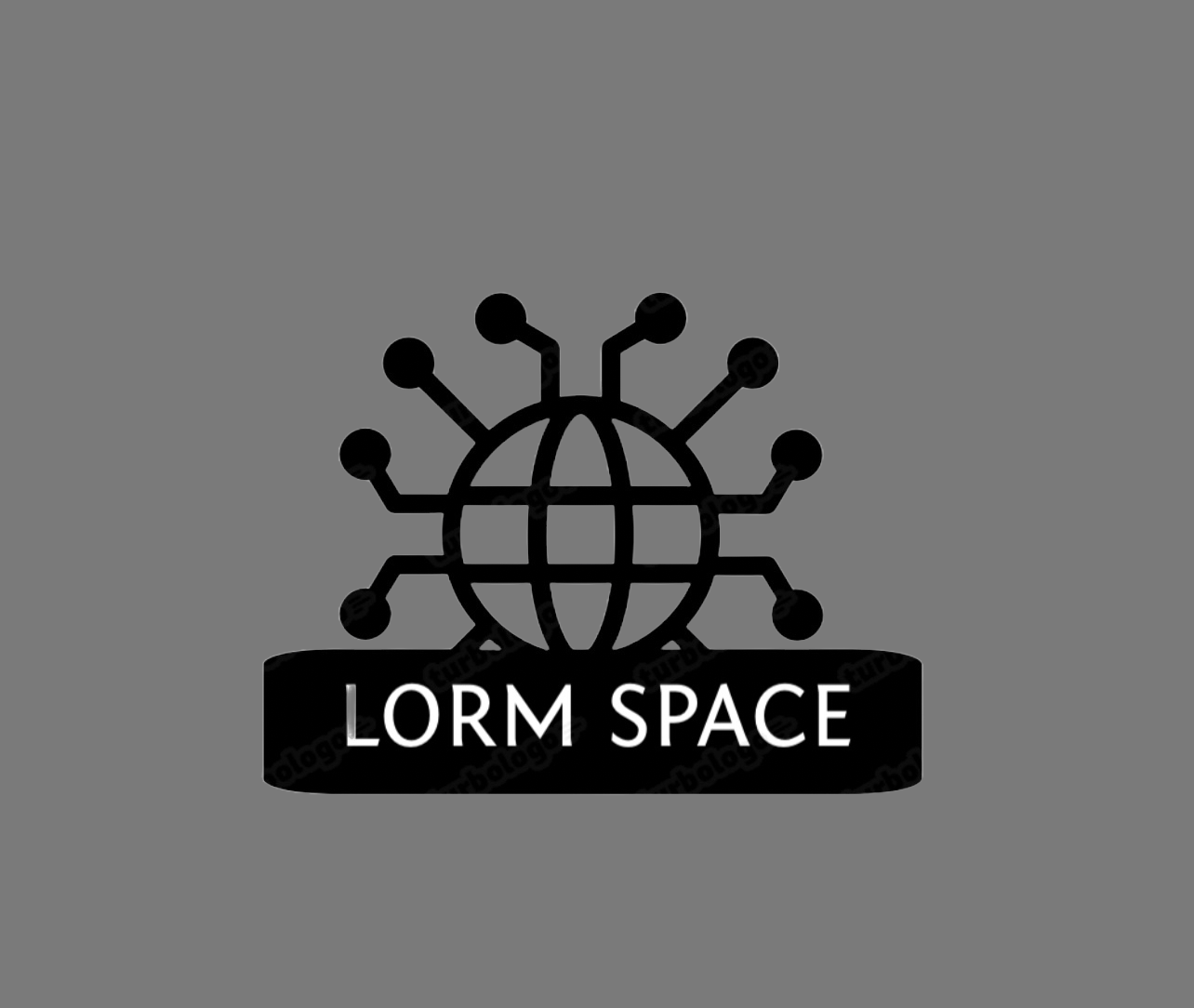
Hail
Sep 08, 2024
Visualize Space Science
Visualize Space Science
"فكرتي تتكلم عن موقع الاكتروني عن الفضاء ويشمل هذا ""اهم الاقمار الصناعية""،""الرحلات الفضاء""،""المركبات الفضائية""،""واشياء اخرى"" الفئات المستهدفه: الباحثون ، الطلاب ، المهتمين بالمركبات الفضائية،المستطلعين، وغيرهم.."
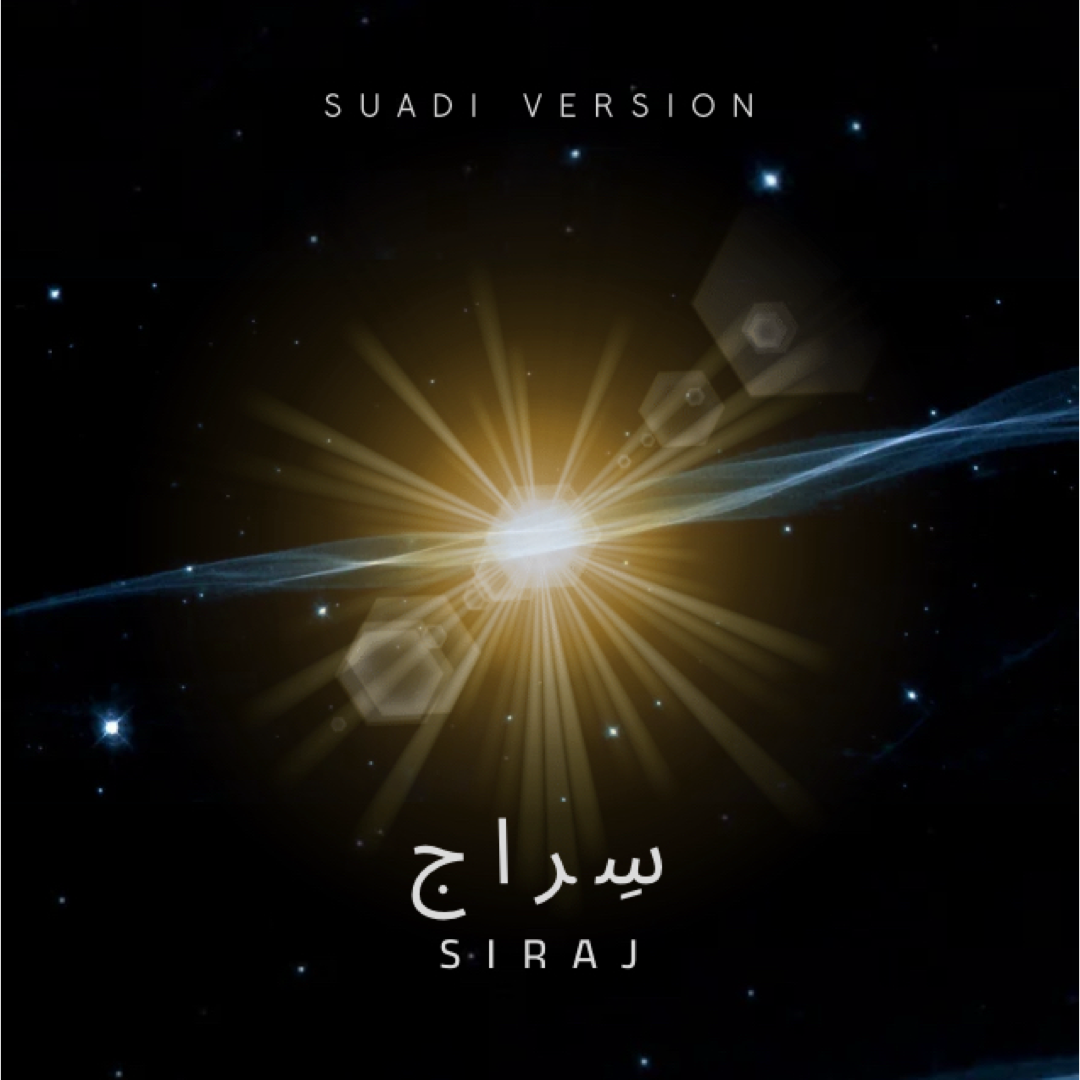
Bisha
Sep 08, 2024
Visualize Space Science
Visualize Space Science
"سراج تطبيق مراقبة النجوم والكواكب بلمسة تاريخية تجمع مابين تجربة واقعية لمراقبة السماء ، ممزوجة بثقافة سعودية تحكي فيها بعض الاستدلالات السماويه في السابق قد تكون بطريقة ترفيهية أو بطريقة بحث علمية. وتوفر فرصة معرفة المكان الانسب لمراقبة النجوم بالقرب من المستخدم مع اشعارات بالاحداث الفلكية في سماء السعودية "
Our team needs 5 membersRequest to Join the Team |
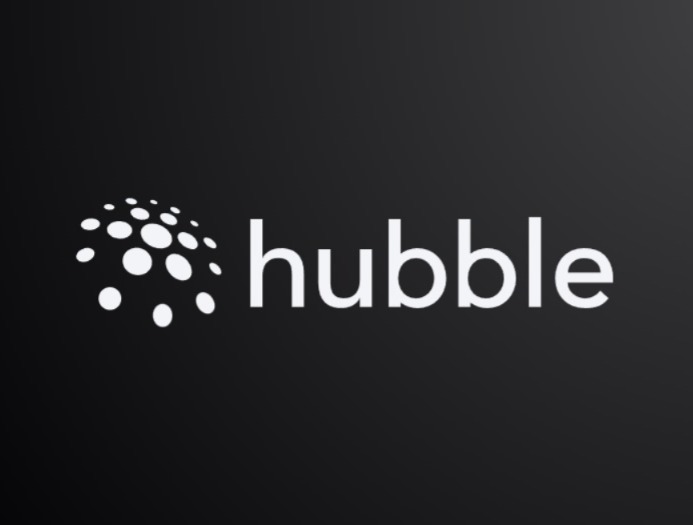
Mecca
Sep 08, 2024
Visualize Space Science
Visualize Space Science
"الجمهور المستهدف: 1- وكالات الفضاء: مثل وكالة ناسا 2- الشركات الخاصة والأقمار الصناعية التجارية 3- مراكز الأبحاث والعلماء 4- صناع القرار: الذين يسعون إلى تحسين السياسات المتعلقة بالفضاء وتطوير استراتيجيات جديدة للتعامل مع الحطام 5- المستثمرين: تقليل الاضرار الناجمة عن الحطام الفضائي وتقليل تكلفة الصيانة مزايا فريدة: 1- دقة عالية: استخدام الذكاء الاصطناعي لتقديم تنبؤات دقيقة عن حركة الحطام الفضائي 2- تحليلات استباقية: القدرة على إرسال تنبيهات مبكرة عند الاقتراب من مناطق الحطام، مما يسمح بإجراء مناورة فورية 3- تعلم مستمر: النموذج يتعلم من البيانات الجديدة لتحسين دقته بمرور الوقت 4- خفض التكاليف: تقليل تكاليف الأضرار المحتملة من التصادمات "
Our team needs 1 membersRequest to Join the Team |
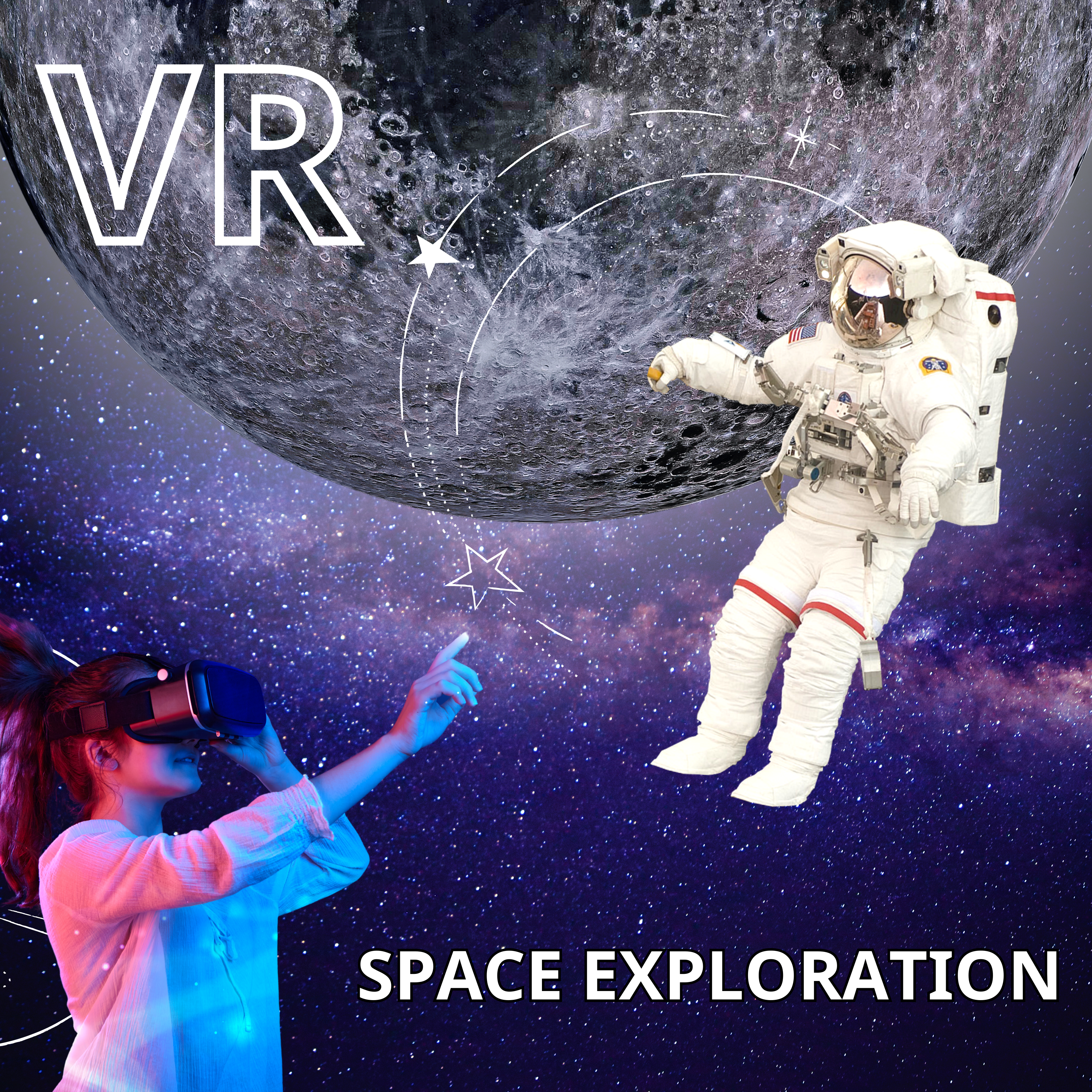
Bisha
Sep 08, 2024
Visualize Space Science
Visualize Space Science
"أنشاء منصة تفاعلية للتعلم عن الفضاء عبر الواقع الافتراضي الجمهور المستهدف الطلاب و هواة الفلك. المميزات : تعلم عن الفضاء بطريقة ممتعة ومشوقة واستكشاف الكواكب والنجوم ويدعم لغات عديدة."
Our team needs 3 membersRequest to Join the Team |
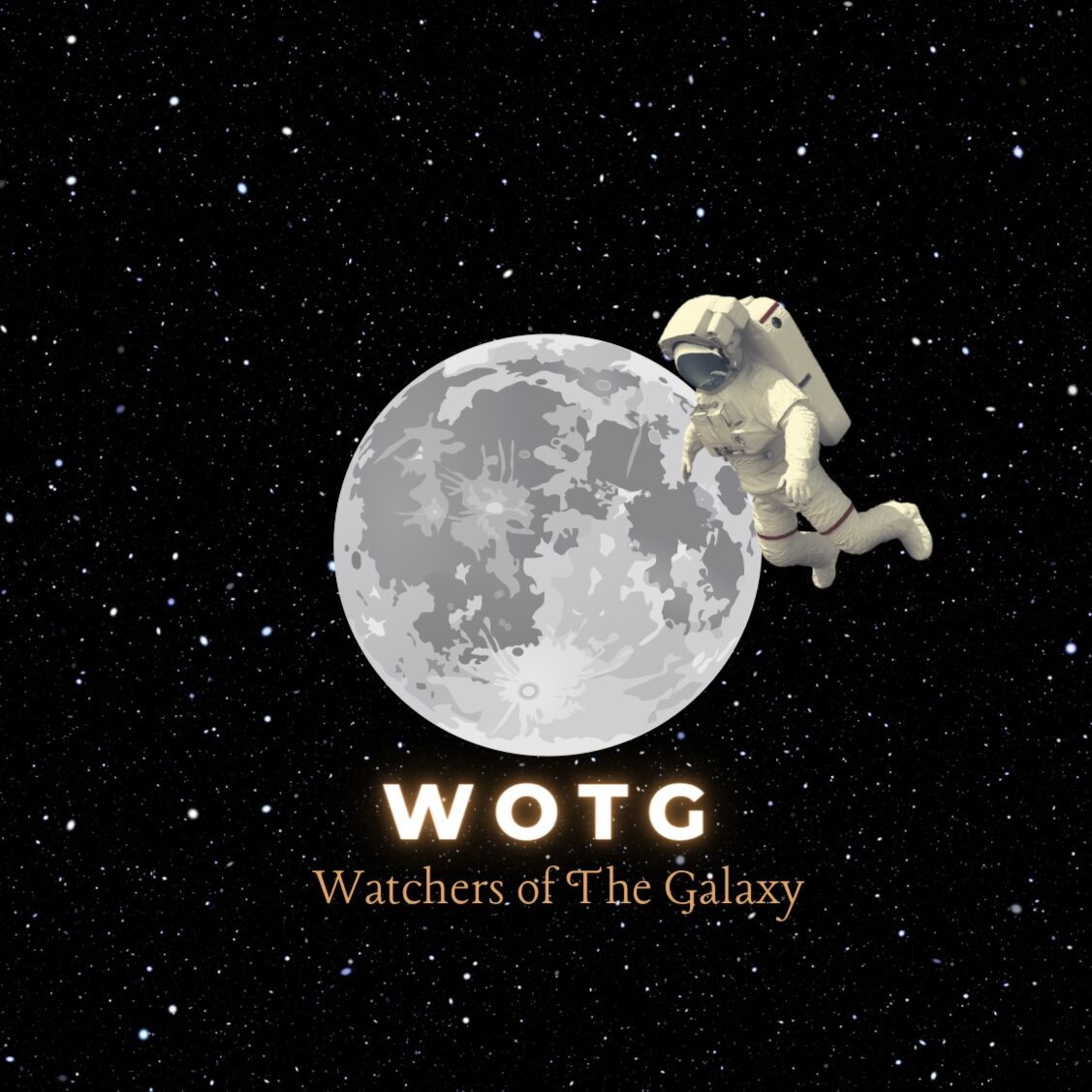
Riyadh
Sep 08, 2024
Visualize Space Science
Visualize Space Science
موقع ويب يتيح تتبع الحطام الفضائي في الوقت الحقيقي باستخدام الذكاء الاصطناعي. يستهدف وكالات الفضاء، شركات الأقمار الصناعية، والمشغلين الفضائيين، ويوفر لهم خريطة تفاعلية تعرض الحطام الفضائي في مداراته وتحذر من التصادمات المحتملة. يعتمد الموقع على خوارزميات تحليل البيانات لتقديم إشعارات فورية وحلول لإعادة توجيه الأجسام الفضائية لتجنب الأضرار. ميزة الموقع تكمن في تقديم أدوات فعالة لإدارة البيئة الفضائية بشكل آمن ومستدام، مما يسهم في حماية الأقمار الصناعية والمعدات الفضائية من مخاطر الحطام.
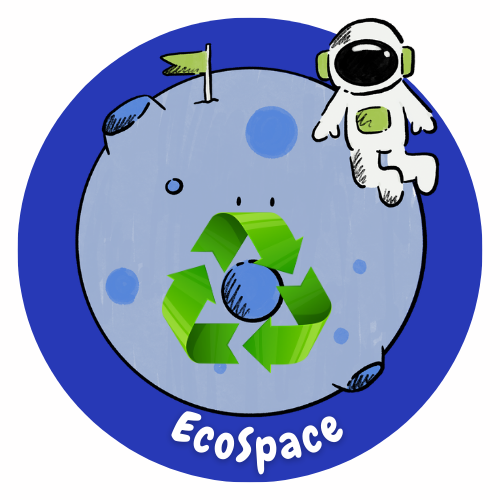
Riyadh
Sep 08, 2024
Visualize Space Science
Visualize Space Science
"تقدم لعبة ""ecospace"" تجربة تفاعلية مبتكرة تستهدف الشباب والبالغين المهتمين بالعلوم والبيئة. تركز اللعبة على تعزيز الوعي البيئي من خلال استكشاف كواكب جديدة، حيث يواجه اللاعبون تحديات مثل الكوارث الطبيعية وتهديدات الكائنات الفضائية. تتميز اللعبة بمزايا فريدة تشمل التعليم الممتع والتفاعل الاجتماعي، مما يشجع التعاون بين اللاعبين. يعتمد الحل على تقنيات مستدامة مستوحاة من الطبيعة، مثل أنظمة الطاقة المتجددة والزراعة المستدامة، مما يعكس أهمية الابتكار في معالجة القضايا البيئية."
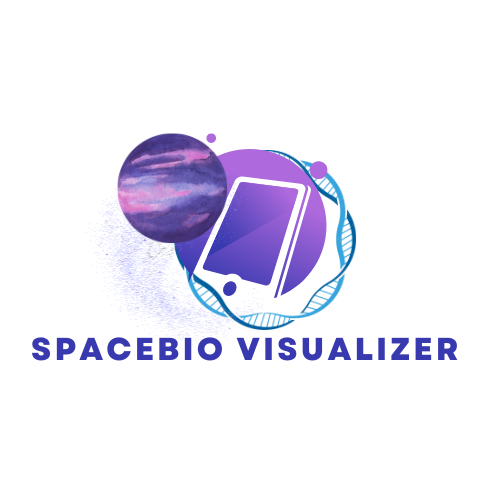
Dammam
Sep 08, 2024
Visualize Space Science
Visualize Space Science
تطبيق "SpaceBio Visualizer" هو أداة مبتكرة تستهدف الباحثين، الطلاب، ووكالات الفضاء مثل NASA. يوفر التطبيق واجهة تفاعلية لتصور البيانات الناتجة عن التجارب البيولوجية في الفضاء، مع ميزات مثل التصورات ثلاثية الأبعاد، مكتبة بيانات شاملة، ومحاكاة الظروف الفضائية. يمكن للمستخدمين استكشاف كيفية تأثير العوامل المختلفة على الكائنات الحية ومشاركة النتائج بسهولة. من خلال دمج التعليم والتفاعل، يسهم التطبيق في تعزيز فهم التجارب البيولوجية، مما يدعم جهود الاكتشاف العلمي.
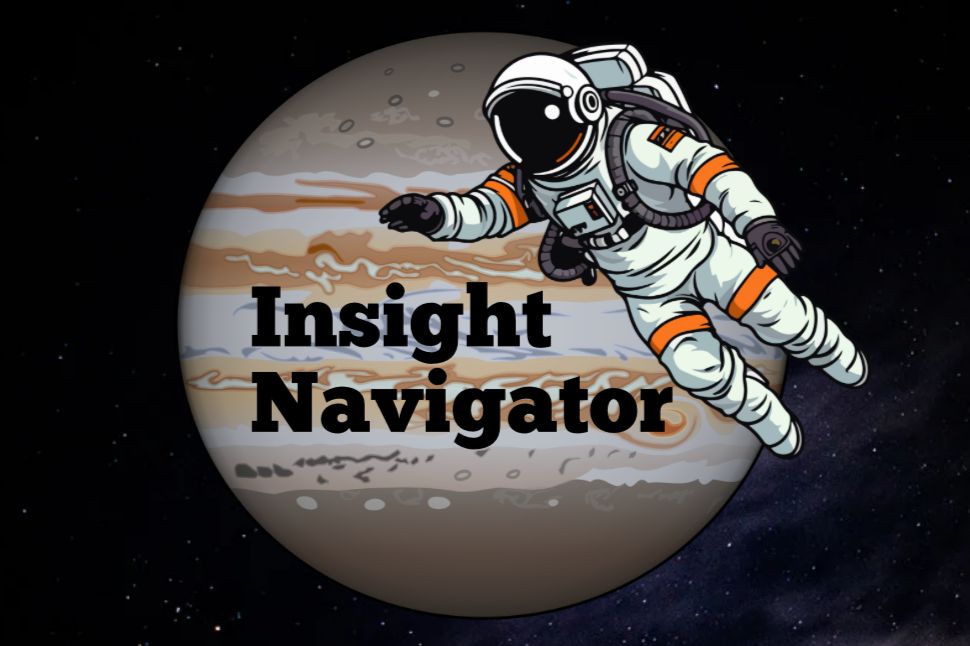
Tabuk
Sep 08, 2024
Visualize Space Science
Visualize Space Science
"يهدف إلى دعم الرواد في الفضاء من خلال توفير توجيهات ذكية ودقيقة أثناء المهمات الفضائية ، يعتمد على تقنيات الذكاء الاصطناعي لتحليل البيانات، تقديم النصائح، وتوجيه الرواد في الوقت الحقيقي. الأهداف بتفاصيل اكثر / -توجيه الرواد في حالات الطوارئ: تقديم إرشادات فورية لحالات الطوارئ، مثل الأعطال التقنية أو التغيرات البيئية. -تحسين تجربة العيش في الفضاء: تقديم نصائح حول كيفية التعامل مع المواقف اليومية، مثل إدارة الموارد والراحة النفسية. -دعم اتخاذ القرار: مساعدة الرواد في اتخاذ القرارات المستندة إلى البيانات، مثل اختيار المسار الأفضل أو التعامل مع المخاطر."
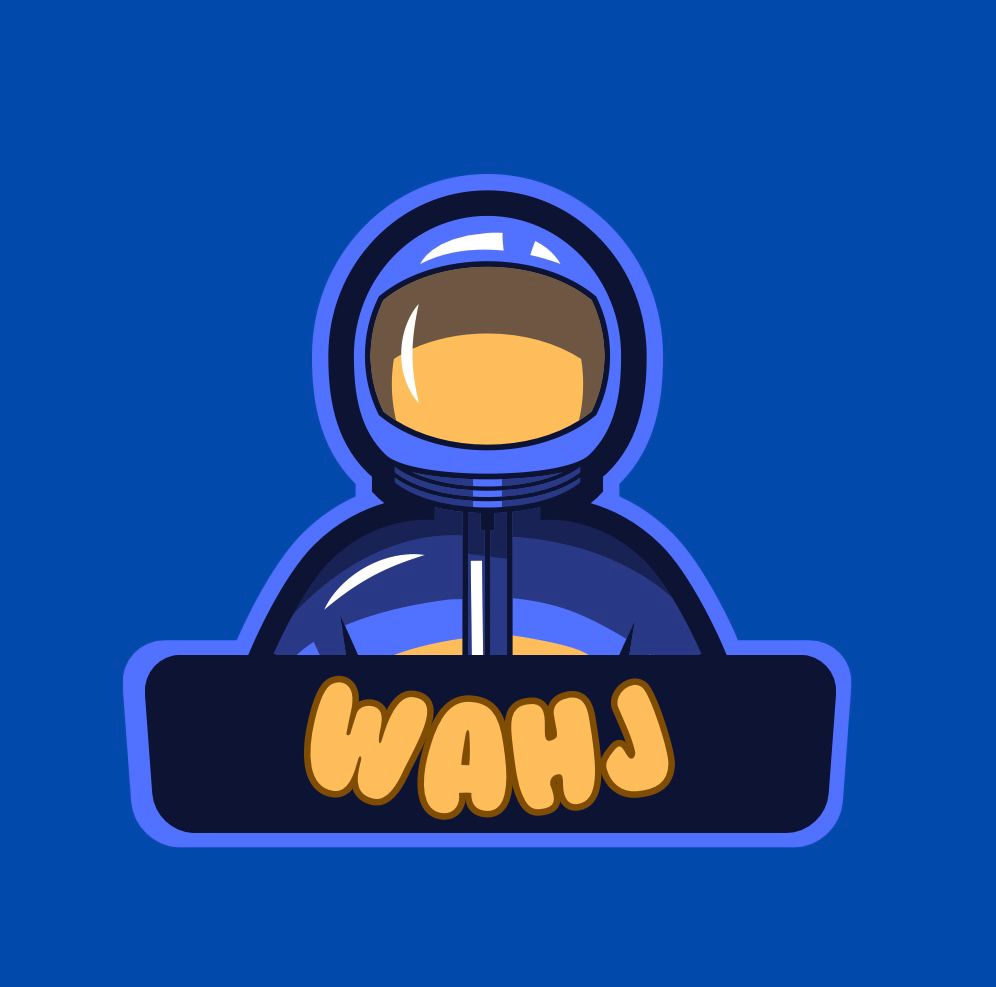
Riyadh
Sep 08, 2024
Visualize Space Science
Visualize Space Science
"تطبيق تعليم الفضاء للأطفال باستخدام الواقع المعزز هو ابتكار يهدف إلى جذب انتباه الأطفال من سن 6 إلى 12 عامًا، حيث يتمتعون بفضول طبيعي حول العالم من حولهم، وخاصة الفضاء. يستخدم التطبيق تقنية الواقع المعزز (AR) لتعليم الأطفال عن الكواكب والمجرات بطريقة تفاعلية وممتعة. تتجلى مزايا التطبيق في تفاعله المميز، حيث يتيح للأطفال استكشاف الفضاء في بيئة تعليمية مرحة، مما يعزز حبهم للعلوم والتكنولوجيا. من خلال هذه التجربة، يسهم التطبيق في نشر الوعي بعلوم الفضاء، ويحفز الأجيال القادمة على استكشاف هذا المجال الرائع بطريقة غير معقدة وممتعة. عند استخدام التطبيق الذي يمكن تنفيذه من خلال سويفت وبايثون، يقوم الطفل بتوجيه كاميرا جهازه نحو السماء، ليتم عرض نماذج ثلاثية الأبعاد للكواكب والنجوم على الشاشة. يظهر الشرح الصوتي والنصي المبسط حول هذه الأجرام السماوية، مما يسهل فهم المعلومات. كما يتضمن التطبيق اختبارات تفاعلية تعزز التعلم، مما يجعل التجربة أكثر ديناميكية ومتعة. "